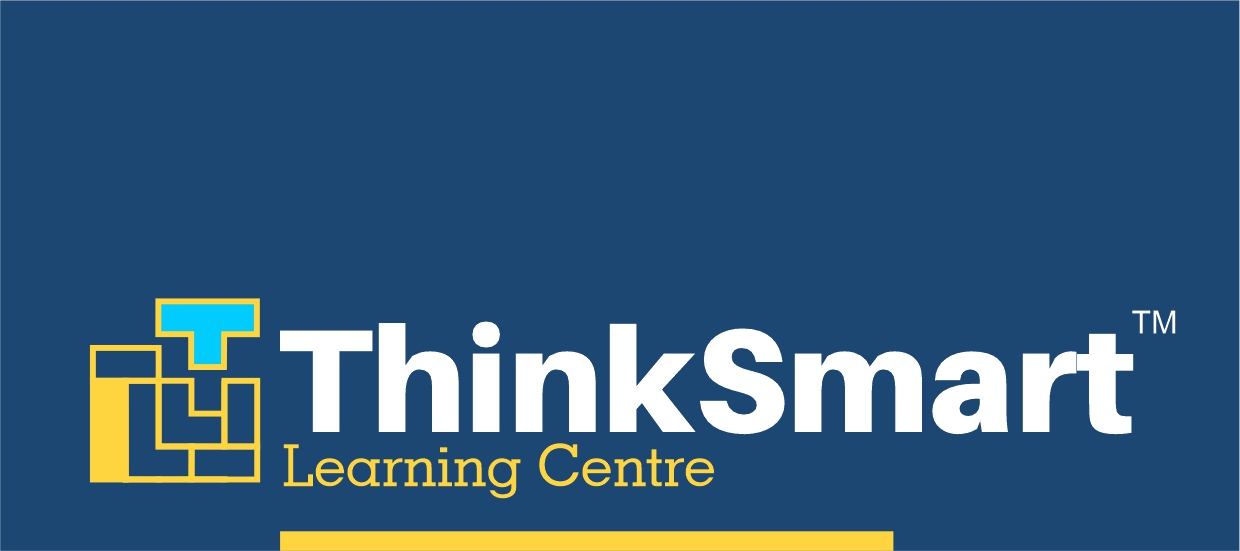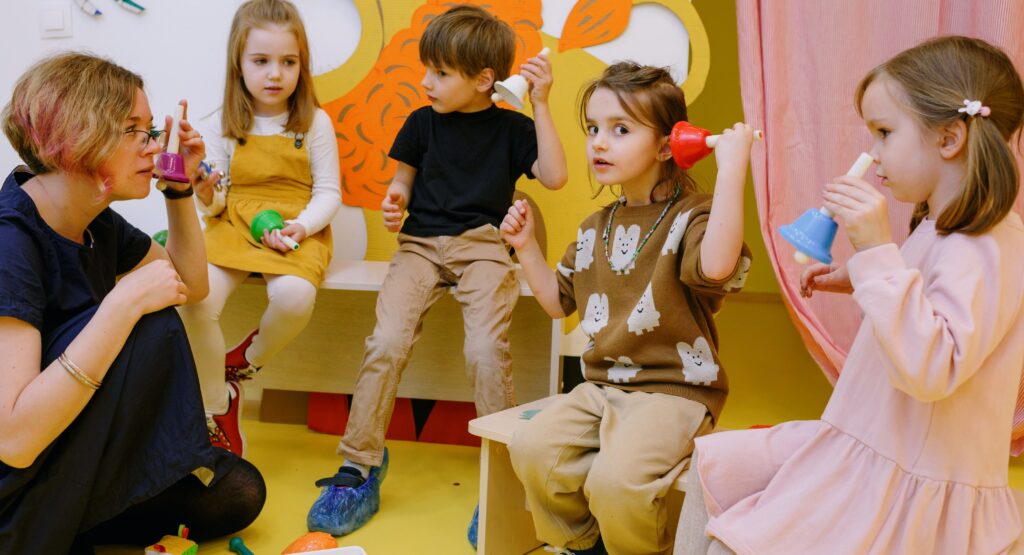By Okan Duru, Ph.D., Founder of Think Smart
In recent days and months, ChatGPT, an artificial intelligence (AI) chatbot, is the leading topic of technology community and general public as well. ChatGPT demonstrates an extraordinary feature which is not found in any AI application ever. It replies to almost any question with fair accuracy, it executes difficult tasks including calculations, estimations, or predictive aspect. For many, that is a scary jump in technology as it may lay down the pathway for replacing most mental labor. Indeed, ChatGPT and many other technologies that you did not hear about yet will replace a significant amount of work. Therefore, we talk about self-driving enterprise or workplace automation these days. A great transformation of public education system is inevitably approaching to most nations’ agenda.
Child education is a predictive task. An 8-year-old child will wake up into 2040’s world at the age of 25. Today, we need estimations of 2040 to define how we educate and how we lead our children to be accurate and efficient on preparing them for their future life. They need to be confident, talented, and equipped for upcoming century of superintelligent systems, devices, and society where they are either passive consumers of what systems feed or active contributors who lead systems on their behalf. And parents will need to be prepared to manage this journey in a transforming and fast-paced environment.
What do we expect in the next few decades?
Let us start with the key question: what kind of ecosystem do we expect from upcoming decades? What will shape our future and how do we cope with the change? Among many technologies and transformations that we predict for our near future, replications of human knowledge in computerized platforms are far more influential than driverless cars or industrial robots. Being replaceable is a bit disturbing offering by technology. An inevitable question trails as then, what people would do if many career opportunities are invaded by computers.
As in the last hundred years, technology will eventually replace many other tasks too. In an article featured at Time Magazine (August, 2020), Daron Acemoglu, the leading economists in the world, addressed the issue:
Now, as automation lets companies do more with fewer people, successful companies do not need as many workers. The most valuable company in the U.S. in 1964, AT&T, had 758,611 employees; the most valuable company today, Apple, has around 137,000 employees. Though today’s big companies make billions of dollars, they share that income with fewer employees, and more of their profit goes to shareholders. Look at the business model of Google, Facebook, Netflix. They’re not in the business of creating new tasks for humans
Daron Acemoglu, MIT Economist
Daron Acemoglu and Pascual Restrepo published a series of academic papers on automation, jobs and labor market. They concluded that across the U.S. from 1993 to 2007, each new robot replaced 3.3 jobs. According to their study:
Within industries adopting automation, the study shows, the average “displacement” (or job loss) from 1947-1987 was 17 percent of jobs, while the average “reinstatement” (new opportunities) was 19 percent. But from 1987-2016, displacement was 16 percent, while reinstatement was just 10 percent. In short, those factory positions or phone-answering jobs are not coming back.
Acemoglu, D., & Restrepo, P. (2019). Automation and new tasks: How technology displaces and reinstates labor. Journal of Economic Perspectives, 33(2), 3-30.
Long story short, the terrain for the future of our kids is in a transformation process, and a number of skills you need to stand out in the age of AI. If you have a look to those skills suggested by many diverse resources, a few of them are particularly emphasized in all publications.
CRITICAL THINKING is the most cited skill, and it is usually on top of any such listings. In an era filled with post-truth, fallacies, misdirection, cognitive bias and more intelligent problem sets, the new generation needs to be equipped with critical thinking toolbox.
CREATIVE THINKING (CREATIVITY) is the second most mentioned skillset (for some articles, it is the top skill). Apart from other skills and talent, creative thinking is difficult to cultivate in later ages as the brain plasticity declines. Therefore, creativity development is usually thought to be a process of unlearning instead of learning at adulthood. Creativity needs more flexible, less structured, and liberal ecosystem during early development period.

STRATEGIC THINKING AND MULTI-DIMENSIONAL DECISION MAKING are other important aspects that are difficult to be replaced by algorithms. Particularly when soft factors (non-numerical) are present in a decision making problem, human intervention is computationally hard problem to imitate.
Finally, ADAPTATION AND CHANGE usually need human touch. As the brain plasticity is preserved with supporting mental activities, our talent on adaptive and transforming processes is a distinct complex skill. Although, some systems and algorithms adapt to new dataset, the adaptation of system itself needs to be designed by a critical and creative thinker!




